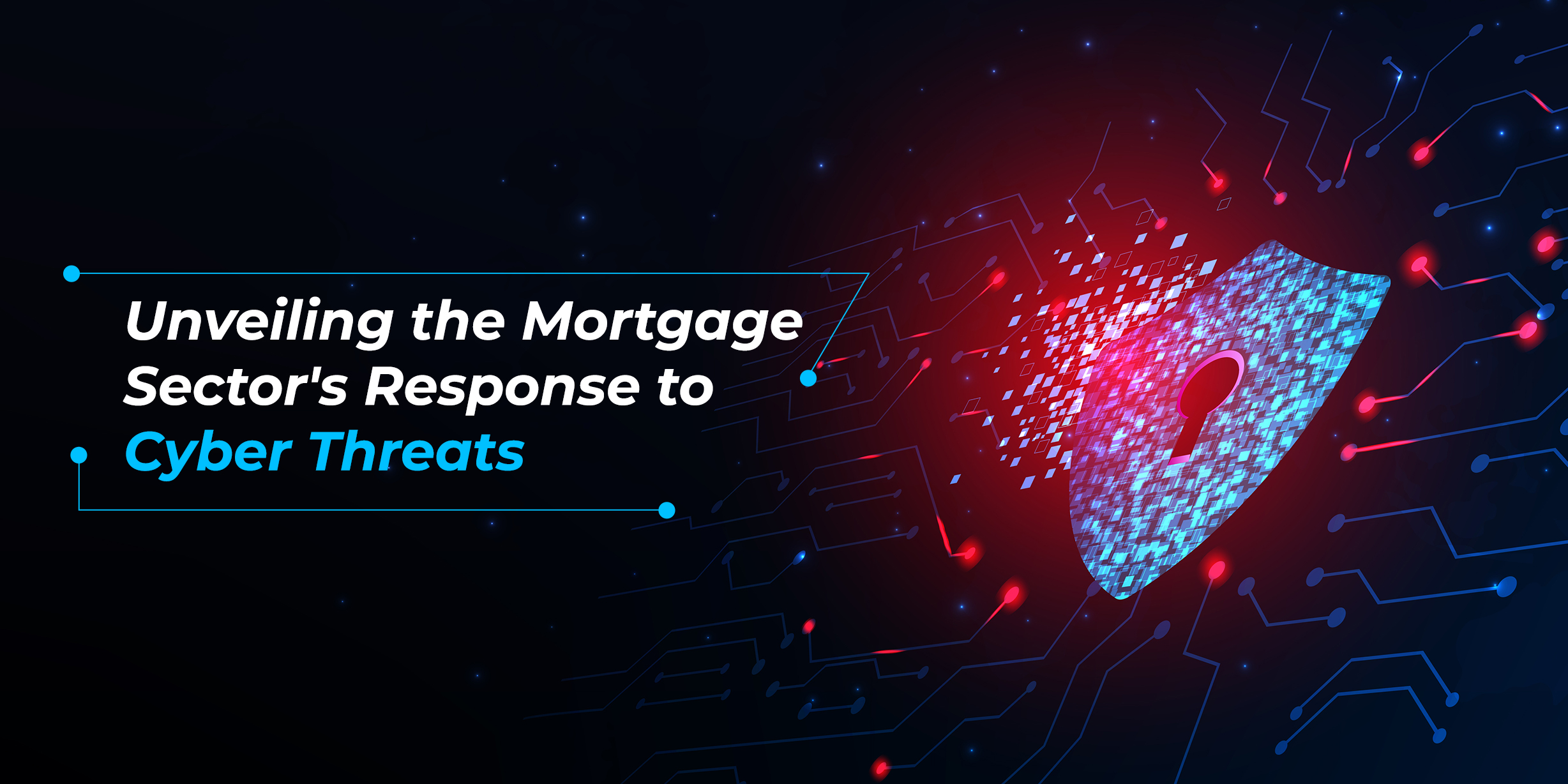The mortgage sector has always been a prime target for security breaches and attacks, and the risk has only increased since the pandemic. An IMF report found that the financial sector experienced the second-highest share of cyber attacks in 2021, behind only healthcare. For this reason, the Federal Reserve Board of Governors implemented rules to guide more robust threat response.
As the Fed increases interest rates and the economy grapples with inflation, mortgage companies need to mitigate losses arising from security breaches to maintain their bottom line.
Safeguarding Mortgage Operations from Security Breaches
Lenders must adopt security by default and design best practices wherever possible to prevent breaches from happening in the first place.
Security by default refers to systems and processes that are designed to minimize your risk exposure. For example, passwords may be time-bound and expire after a certain number of uses. Or, sensitive data may be locked in a vault automatically if it is not accessed for a certain period of time.
Security by design involves proactive measures taken after the fact to make your existing processes and systems more secure. For instance, you could implement rules that disallow most of your employees from accessing sensitive information by assigning them low-privilege roles.
Lenders must also undergo regular cybersecurity risk assessments to understand the degree of potential exposure. A 100% breach-resilient organization is impossible to achieve in a fast-evolving digital world, but an assessment will help you analyze and prioritize your key action points when it comes to preventing security breaches.
Read More: Adaptive Security Architecture: A Must-Have in Today’s Technology Landscape
Responding to Security Breaches: A Guide for Mortgage Businesses
Despite utmost vigilance, security breaches do happen sometimes. For instance, the country’s third-largest mortgage servicing provider, Mr. Cooper Group, was hit by a cyber attack in October 2023, disrupting millions of payments. It is vital that lenders plan ahead and prepare for the worst, knowing exactly how to respond to such scenarios. This entails:
1. Securing your ongoing operations
The first step is to protect your operations from the effects of the breach that’s already happened. You may need to take certain systems offline so that the security breach does not infect any new transactions, which is what Mr. Cooper Group was forced to do. If your servers are housed on-premise, it is advisable to lock down physical access to them.
If you have security information and event management (SIEM) or similar systems in place, they will reveal dependencies between infected systems and ongoing operations. Lock down these correlated systems and processes as well. Finally, consider renewing all user credentials (depending on the breach’s severity) to reduce the impact of the threat.
2. Conducting root cause analysis
Root cause analysis looks at the symptoms of the security breach and attempts to trace it back to its origin system and the individual/group who initiated the attack. Cybersecurity platforms and providers can automate the root cause analysis process to an extent, giving you valuable insights on the breach pathway and attack sequence.
When a security breach occurs, mortgage providers may also bring in a data forensics team that specializes in cyber threats and attack investigations. This is useful when lenders face insider threats and need to isolate the root cause analysis process from the rest of the team. Hiring an independent investigator may also help maintain transparency and reduce liabilities during your response.
Read More: Best Security Practices for Title and Escrow Companies
3. Notifying regulatory bodies
All states have enacted legislation that requires companies to notify the government or government agencies of security breaches involving personal information. In addition, publicly traded companies must announce any major security attack to the Securities and Exchange Commission (SEC) and submit an official filing.
If you appoint a digital forensics team, they will instruct you on applicable jurisdictions and applicable laws governing your public response. Mortgage companies can also speak with internal and external legal counsel to determine how best to comply with state and federal laws, including those laid down by the Federal Reserve Board of Governors.
4. Addressing vulnerabilities and strengthening systems
When a security breach occurs, lenders need to immediately fix the vulnerability using temporary and permanent measures to prevent the infection from spreading and also to prevent similar attacks from occurring in the future. For instance, network segmentation may help segregate different types of operations so that attackers can only access a limited-service area.
If third-party software caused the breach, you may need to revisit your SLAs with the vendor or consider a different offshore outsourcing partner altogether. Your actions after the security breach are just as important as your immediate response and will help build long-term resilience.
Read More: 5 Mortgage Cybersecurity Trends of 2023
How Mortgage Companies Can Adapt to an Evolving Threat Landscape
With advancements in technology, cyberattacks and security breaches are also becoming more sophisticated. In September 2023, PHH Mortgage reported a data breach that leaked customer security numbers. Academy Mortgage was targeted by a ransomware group earlier this year. Citywide Home Loans had to settle a $1.2 million data breach lawsuit.
In other words, security breaches are now increasingly common in the mortgage sector, and a strong response mechanism is essential.
Lenders need to follow the four tracks we discussed concurrently if a breach does occur. Remember, the Federal Reserve Board of Governors and related agencies implemented a rule last year mandating the notification of security incidents no later than 36 hours after their detection.
A future-ready digital bedrock not only reduces the risk of cyber attacks but also streamlines the response process and aids in threat mitigation.
Speak with our security experts at Nexval to outline your response framework to cyber threats.



